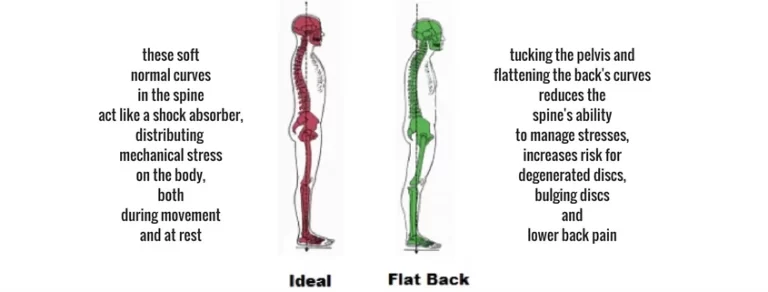Rhombencephalosynapsis
What is Rhombencephalosynapsis?
Rhombencephalosynapsis is a midline brain malformation represented by an absent cerebellar vermis with an obvious fusion of the cerebellar hemispheres. Rhombencephalosynapsis can be seen in isolation or together with the different central nervous system and extra-central nervous system malformations.
Gmez-Lpez-Hernndez syndrome combines rhombencephalon synapsis with parietal/temporal alopecia and occasionally trigeminal anesthesia, high skull shape, and dysmorphic characteristics. Rhombencephalosynapsis can also be seen in persons with features of anal atresia, vertebral anomalies, cardiovascular anomalies, renal anomalies, trachea oesophageal fistula, and limb defects (VACTERL) association.
Symptoms of Rhombencephalosynapsis
The clinical presentation contains:
- truncal and/or limb ataxia
- abnormal eye motions
- head stereotypies
- delayed motor development
further features specified by supratentorial abnormalities. Overall people tend to die in childhood or early grown-up life.
Differential diagnosis
Imaging differential considerations contain:
- Joubert syndrome
- Dandy-Walker spectrum
- Lhermitte-Duclos illness
- vermian hypoplasia
- tectocerebellar dysraphia
Diagnosis
MRI
Rhombencephalosynapsis is best noticed on MRI brain and is represented by :
vermian abnormalities
absent anterior (rostral) vermis
deficient posterior (caudal) vermis
modulus tends to be formed
fusion of the cerebellar hemispheres, with diagonally orientated inferior cerebellar folia
fusion of dentate nuclei
fusion of the superior cerebellar peduncles
This general outcome is in an abnormally little posterior fossa, and an abnormally shaped fourth ventricle, which brings on a diamond (or keyhole) shape.
Additional often associated abnormalities contain:
- fusion of the thalami
- fusion of inferior colliculi
- absent septum pellucidum
- ventriculomegaly: often from aqueductal stenosis
- sutural synostosis
further supratentorial abnormalities
hypoplasia of the commissural system (anterior commissure, corpus callosum)
hypoplasia of the anterior visual pathway
agenesis of the posterior lobe of the pituitary
Treatment of Rhombencephalosynapsis
Treatment is symptomatic, and educative, and needs medical, psychological, and social care.
No medical treatment is needed for isolated patients of rhombencephalon synapsis.
Surgical treatment may be required in patients with associated anomalies, and the presence of hydrocephalus may need the placement of a ventriculoperitoneal shunt.
Prognosis
The prognosis of postnatal analyzed RES relies on the presence of further malformations and the severity of vermian absence. Yet, if RES is explored in a fetus prenatally, the prognosis is generally poorer.
The vast prevalence of patients is sporadic and does not recur in future pregnancies. There are extremely few patients in the medical books of familial circumstances in which there is a 25% possibility of reproduction in these families.
FAQ
Is rhombencephalon synapsis fatal?
Associated cerebral abnormalities involve hydrocephalus, a fusion of the inferior colliculi, cerebral peduncles or thalami, absence of the dorsal accessory nuclei, and hypoplasia of the commissures. In most patients the lesion is lethal.
Can you live with a damaged cerebellum?
Although cerebellum brain damage is fairly infrequent, its outcomes can be severe. Injury to the cerebellum can result in significant motor, visual, and cognitive differences. Yet, with the proper treatment, people may be able to heal involved functions.
What are the symptoms of rhombencephalon synapsis in children?
Further symptoms were muscular hypotonia, abnormal eye motions, and head stereotypies. Three persons had pathological scores on both attention and hyperactivity/impulsivity scales. Only two persons had normal full-scale IQs (IQ importance of 109 and 114, respectively). Oral and/or performance IQ were deformed in three.
What are the effects of rhombencephalon synapsis?
Rhombencephalosynapsis is an irregular, but increasingly recognized, brain malformation represented by congenital fusion of the cerebellar hemispheres and lack of the vermis. Rhombencephalosynapsis is associated with important developmental delays, seizures, and involuntary head motions.
What causes rhombencephalon synapsis?
Rhombencephalosynapsis (RS)
A genetic reason has not yet been specified (Aldinger et al., 2018). Infrequently, RS can be determined prenatally, generally in association with ventriculomegaly and VH (Izzo et al., 2015; Poretti and Boltshauser, 2015; Kline-Fath et al., 2018).






